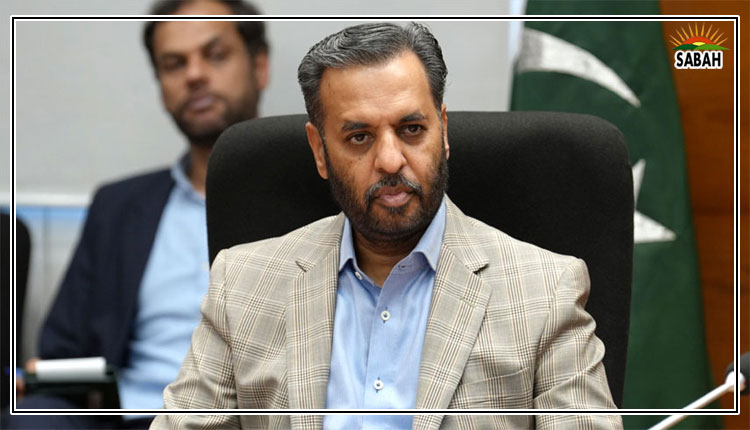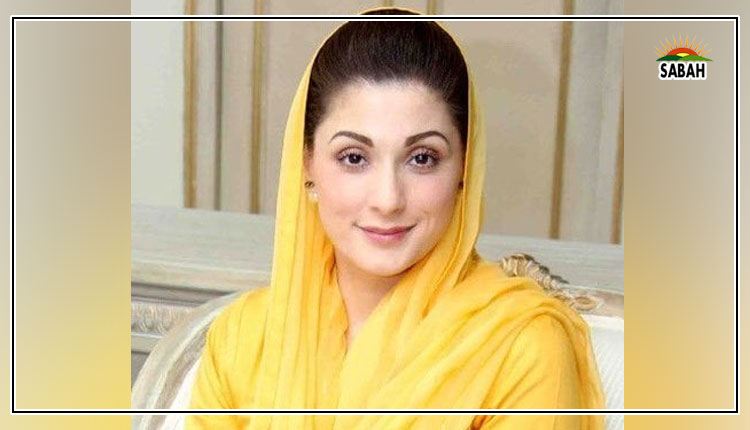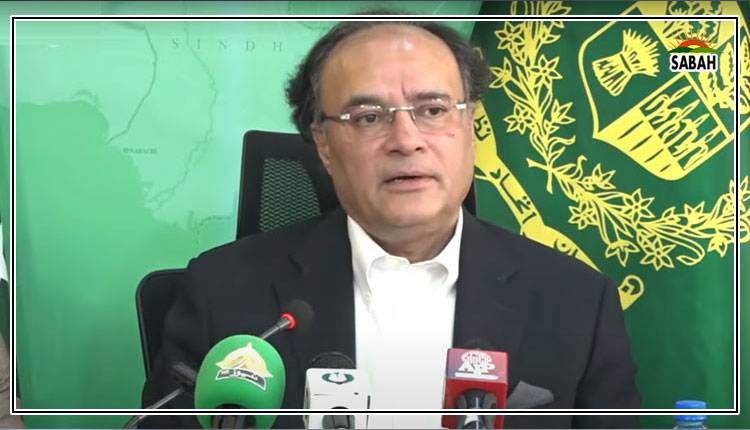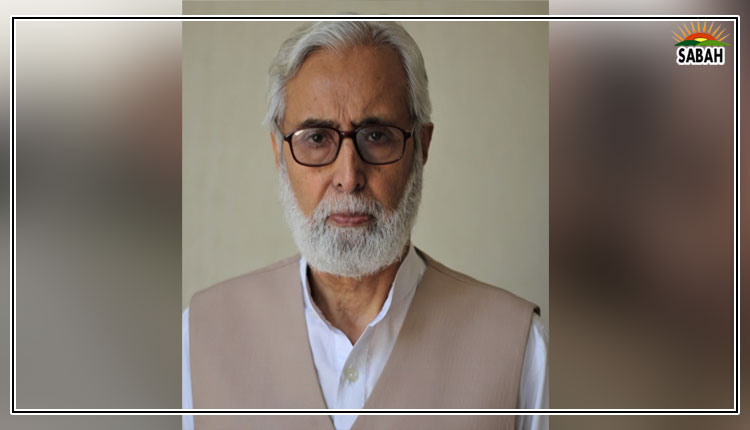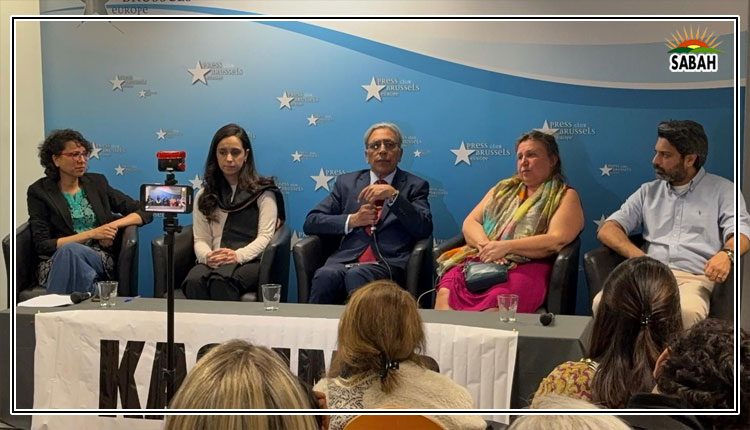Case for climate-debt swaps…Ammar Habib Khan
Pakistan has a debt problem. It also has an energy problem. Without solving the debt and energy problem, it is not possible to get on a sustainable growth trajectory and move more than two hundred million people out of poverty. An energy poor country can never be a rich country.
The problems are compounded with an external threat like climate change, which is essentially an existential threat. The floods that devastated the southern part of Pakistan during late last year were an existential threat, displacing more than 20 million people, and causing direct losses of more than $30 billion. The floods not only caused tremendous human suffering, but also destroyed households, livestock, infrastructure, and large swaths of agricultural produce in the process.
Since they destroyed agricultural produce resulting in heavy losses for households, it also compounded a food shortage in an already undernourished area. Food shortage meant a significant spike in food inflation, which exceeded 50 per cent on a year-on-year basis. As food became more expensive, real disposable incomes collapsed. Households now have to make a trade-off between feeding themselves and educating their children; households started pulling children out of schools, constrained by their budgets.
The direct cost of the floods can be measured, but the indirect cost that led to decline in school enrollments, increase in malnourishment, and inflation across the board due to food shortages cannot be measured. The country, already grappling with heavy losses, had to use whatever scarce foreign exchange reserves it had to import food, and basic essentials to stave off a shortage of nutrition. In an environment where global liquidity is tight, this compounded into a potential liquidity and debt crisis, as Pakistan still continues to arrange financing from bilateral creditors to meet certain conditions of the International Monetary Fund. Human suffering took a backseat here, as it was replaced by emotionless numbers, and financing gaps.
There is certainly a failure of governance, but no developing country has the capability to grapple with a mega flood that destroys food supplies and displaces tens of millions of people, and a sovereign debt liquidity crisis at the same time.
To provide further context, grappling with all these challenges right after a once in a century global pandemic. The inability of multilateral institutions to understand the human cost and human suffering, and relegating it all to financing gap numbers clearly demonstrates how little local and global policymakers understand the indirect consequences of climate change. More importantly, how ill-equipped local, and international policy frameworks are to deal with an existential threat.
Pakistan has one of the lowest per capita CO2 emissions in the world, and yet it continues to pay a significant cost for the excesses of others. Pakistans energy consumption per capita is also considerably low, and if it needs to grow sustainable, and pull its population out of poverty, it is critical that it has access to affordable energy. Piecemeal renewable projects funded by multilaterals do not move the needle, as the potential energy requirements are much higher than what can be generated by a few projects that are good for show-and-tell purposes only, and do not do much in scaling up renewable energy.
If the country can have any chance at sustainable growth, it needs a conversation on debt, and it needs a conversation on climate and that conversation should lead to rationalization of debt. At this stage, the country is effectively borrowing more from multilateral and bilateral lenders to pay for costs imposed by a climate emergency. The basic idea behind climate debt swaps is that developed countries, which have historically been the largest emitters of greenhouse gases, owe a debt to developing countries, which have contributed less to the problem but are disproportionately affected by its impacts. The mega flood of last year, followed by a debt crisis in Pakistan is a classic illustration of why a climate debt swap is important.
Most literature on climate debt swaps focuses on providing debt relief to developing countries such that they can invest in renewable energy, sustainable agriculture, etc effectively pushing the victim to adapt practices that may or may not lead to better outcomes in their context. As an example, even if resources that are freed due to rationalization of debt are reallocated towards renewable energy, that may still not solve the problem for developing countries like Pakistan, which have high energy requirements, and cannot develop industrial capacity while solely relying on renewable energy.
The last three years have seen the country move from one crisis to another, from a pandemic, to mega floods, and a debt crisis all compounded by political instability. During the same period, real incomes have reduced by almost one-fourth, with inflation eroding already weak purchasing power. As market wages readjust, and the government struggles to deal with second, and third round effects of inflation, a hyperinflationary environment also cannot be ruled out.
There has never been a stronger case to push for climate debt swaps and have in place a long-term human development and economic growth plan, designed keeping in view local context and requirements. This is a never-ending polycrisis, and it needs conscious effort from local and international stakeholders to address the same. The inability to address structural issues, and ignoring the climate crisis, may not work well for the population of the country and has potential spillover effects for the rest of the world.
Courtesy The News


